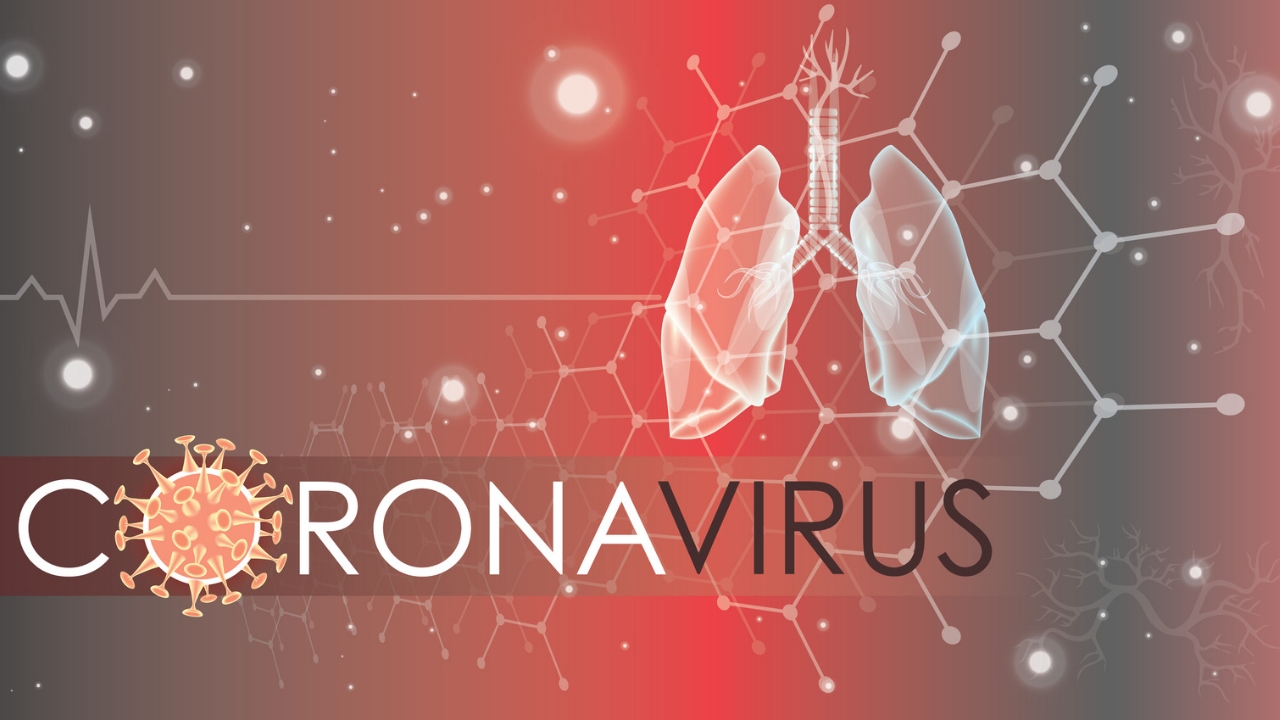CHANDIGARH
COVID-19 is a respiratory disorder that mostly affects the upper respiratory system, including the lungs. COVID-19 can cause a variety of respiratory issues, ranging from minor to severe. Older folks and people with other health problems, such as heart disease, cancer, or diabetes, may experience more severe symptoms.
The link between Coronavirus and Lung Health
The virus that causes COVID-19 is SARS-CoV-2, which belongs to the coronavirus family. The virus infects your mucous membranes, which line your nose, mouth, and eyes, when it enters your body. The virus infects a healthy cell and uses it to replicate itself. It replicates and infects surrounding cells with additional viruses.
Consider your respiratory tract as a twisted tree. The trachea, or windpipe, is located in the trunk. In your lungs, it separates into smaller and smaller branches. Alveoli are tiny air sacs found at the terminal of each branch. This is where oxygen enters your bloodstream and carbon dioxide exits.
The novel coronavirus has the potential to infect either the upper or lower respiratory tract. It passes through your lungs. It is possible for the lining to become irritated and inflamed. The infection can go all the way down to your alveoli in some situations.
Here are some cases of Mild and Moderate Inflammation
Your immune system fights back as the virus spreads through your respiratory tract. Your lungs and airways swell and swell and swell and swell and swell and swell and swell and swell and This might begin in one section of your lung and spread throughout the rest of your body.
COVID-19 causes mild to moderate symptoms in about 80% of patients. You could be suffering from a dry cough or a sore throat. Pneumonia is a lung infection that causes the alveoli to become inflamed.
Some severe situations are
About 14% of COVID-19 cases are severe, resulting in infection of both lungs. Your lungs fill with fluid and debris as the edoema worsens.
You could potentially be suffering from a more serious case of pneumonia. Mucus, fluid, and other cells try to fight the infection by filling the air sacs. This may make it more difficult for your body to absorb oxygen. It’s possible that you’re having problems related to breathing or that you’re short of breath. In some cases it’s also possible that you’ll be able to breathe more quickly.

 हिंदी
हिंदी






